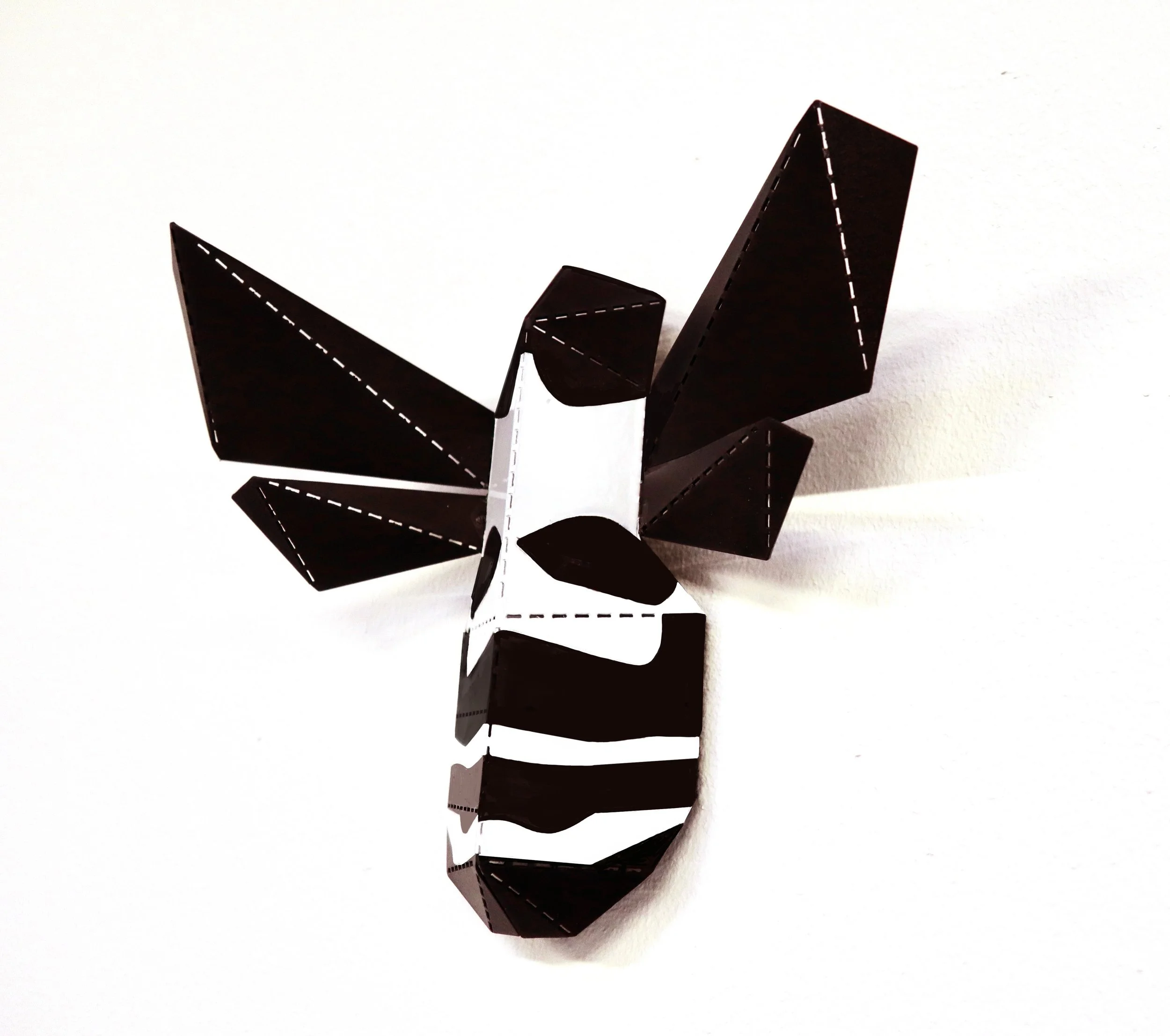Launching the brand new Bee Design
We are delighted to share our brand new product with you!
The Condie Worker Bee
The Workers Bee is female. Worker bees do a considerable amount of work, day in and day out. They work as a team. The specific jobs and duties they perform during their short lives vary as they age. Understanding their roles will deepen your fascination and appreciation of these remarkable creatures.
Like all of mother nature’s creations, bees are quite remarkable. It’s amazing to know that they come in a variety of sizes and colours that also attribute to different attitudes and nesting patterns. The next time you hear something buzzing about, don’t be too scared to take a second look. It may be your chance to see a rare bee.
The young worker bees tend to their “baby sisters” by feeding and caring for the developing larvae. On average, nurse bees check a single larva 1,300 times a day.
Young worker bees also take nectar from foraging field bees that are returning to the hive. The house bees deposit this nectar into cells earmarked for this purpose. The workers similarly take pollen from returning field bees and pack the pollen into cells. Both the ripened honey and the pollen are food for the colony.
Worker bees also take a turn at controlling the temperature and humidity of the hive. The workers also perform another kind of fanning, but it isn’t related to climate control. It has more to do with communication.
With her life half over, the worker bee now ventures outside of the hive and joins the ranks of field bees. You’ll see them taking their first orientation flights. The bees face the hive and dart up, down, and all around the entrance. They’re imprinting the look and location of their home before beginning to circle the hive and progressively widening those circles, learning landmarks that ultimately will guide them back home.
Leafcutter Bees (Anthidium spp)
Almost all leafcutter bees are yellow with black stripes. They are smaller than a honey bee but are quite as productive in spite of not having a hive. They are known to be the most productive pollinators. The females carry pollen on the hair on their bodies and then scrapes the pollen off upon reaching the nesting hole. During the transition, the pollen also fall off and land on other plants. They are known to be gentle by nature since the female of the species does all the chores. She does not have time to defend the nesting hole as well. So, even though they have stingers, they will only use it when threatened – which is not really that often.
Blue Carpenter Bee (Xylocopa caerulea)
Similar to its Arabian cousin, the Blue Carpenter Bee is quite furry and large averaging almost an inch in length. They are covered with an array of thick light blue hair that gives it a striking blue colour. A finer coat of blue hair covers it’s abdominal segments and legs as well. They are widely seen in Asia especially in Southern China and have recently been spotted in some regions of India.
Almost all of the bees in this species are females. The females have a brilliant blue hue and are equipped with a stinger.
These bees are solitary bees and are constantly searching for a perfect spot to nest. If by the time a queen bee is not able to find a perfect nest by the time she is about to lay her eggs, she will share a common entry hole with another bee being somewhat semi-solitary.
Kevin - @Condiedesign


